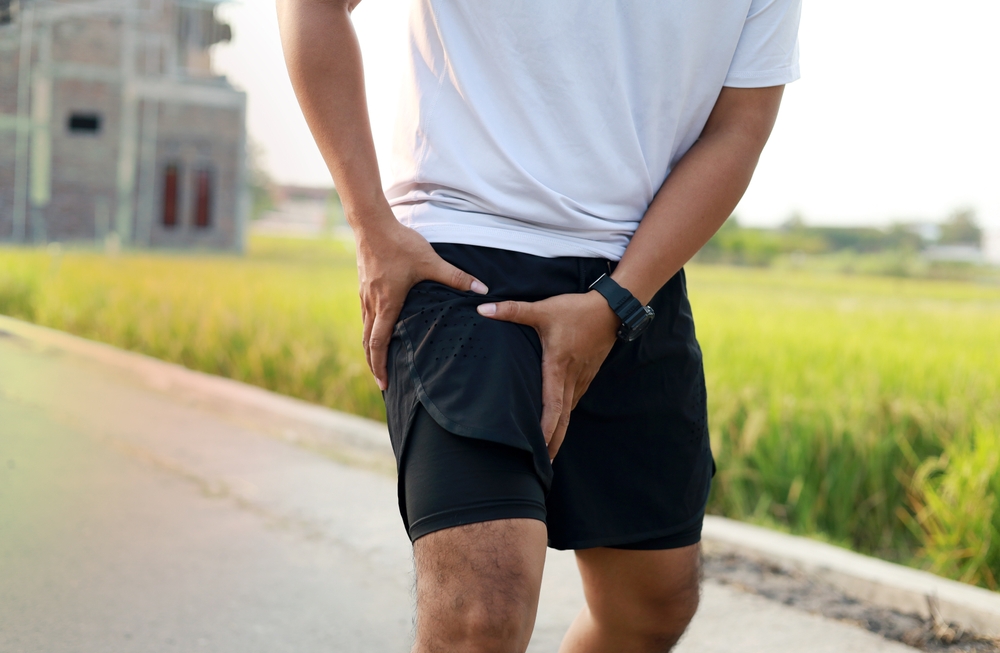Groin pain in athletes is one of the most difficult and interesting injuries to treat conservatively. Treatment of a groin pain creates phenomenal debate amongst practitioners. My question to you is why does such a common injury create so much controversy? The reason is complicated! The area has a lot of muscles, nerves and tendons that attach to this small area. Hence, athletes can have adductor related groin pain, abdominal related groin pain, ilio-psoas muscles related pain, abdominal wall related pain, pubic bone or hip related pain….it could even be a nerve irritation related groin pain!
Another topic of debate surrounds the question of when to apply various treatment methods. Practitioners are not always sure when to apply strengthening exercises, stretching or functional training. As mentioned the groin area is an intricate area with many attachments and nerves running through an area. An incorrect treatment approach could leave an athlete out of the game 6 month or longer without positive results. This can be very frustrating for players especially football and rugby players who need to get back to their sport of choice.
Most groin pain in athletes builds up over time and often unnoticed, athletes carry on with their activities until it becomes unbearable and the pain becomes difficult to pin point. Groin injury signs include slight stiffness or pain around the adductor, hip, pubic bone or abdominal area and usually the pain or discomfort starts one side of the body and then spreads to other regions. The problem has now become more chronic and takes longer to treat and to rehabilitate.
Therefore, the best prevention strategy for a groin injury would be to educate the athletes to seek immediate help from a me or a physiotherapist/osteopath. The best results in treating groin injuries are athletes that came to see me as soon as they felt stiffness or pain around the groin area. An acute injury heals much quicker than an old injury.
When it comes to rehabilitation, my best results are in applying plenty of functional core stability exercises and asking athletes to do short and steady backward running instead of aggravating forward activity. In addition, manual therapy such as applying myofascial release techniques and Mulligan belt techniques have shown positive results in reducing the pain and increasing the functional capacity in athletes.
If you have any groin pain you are welcome to give me a ring or pop into Richmond Osteopaths for a free 15 minute consultation.

